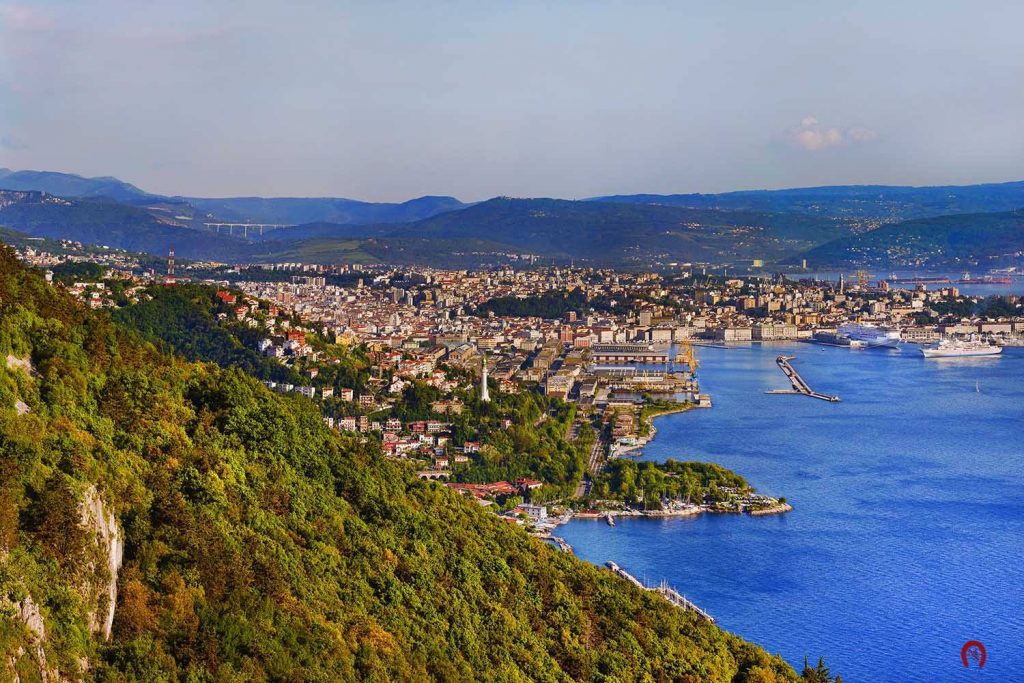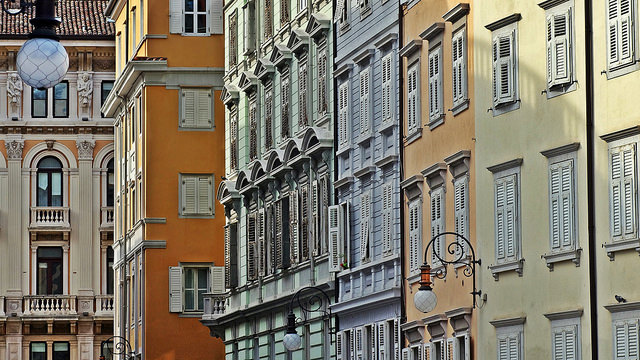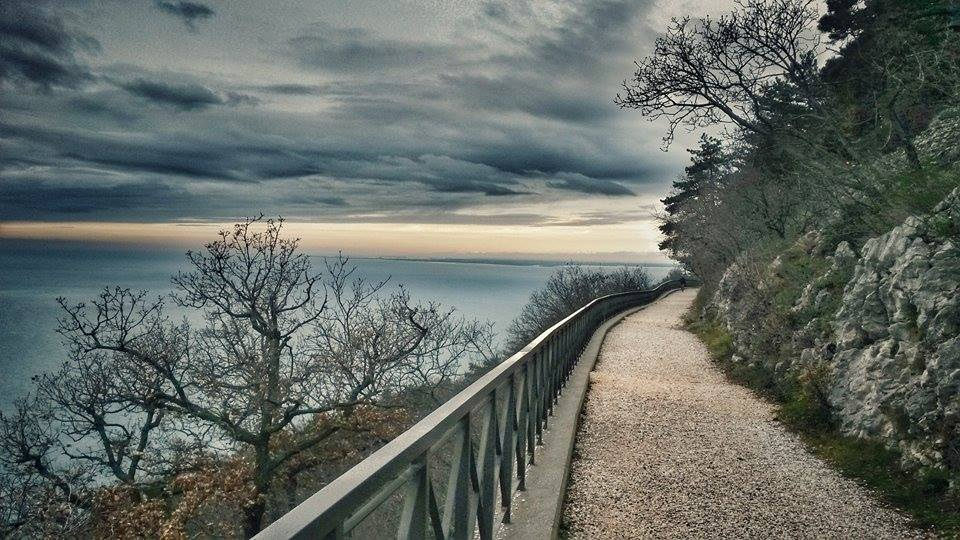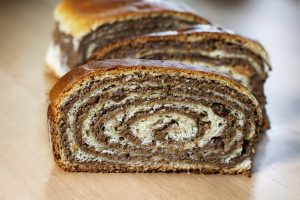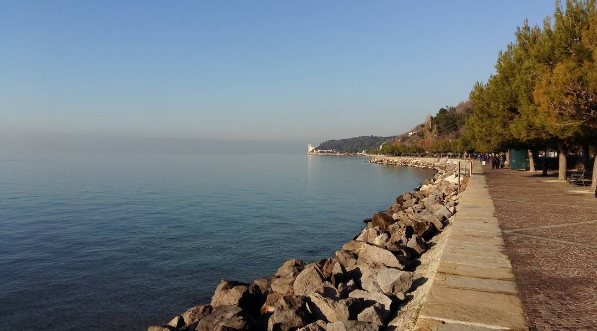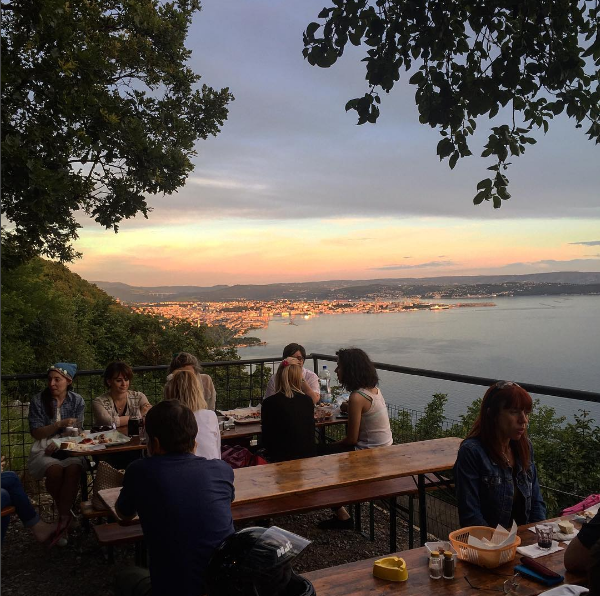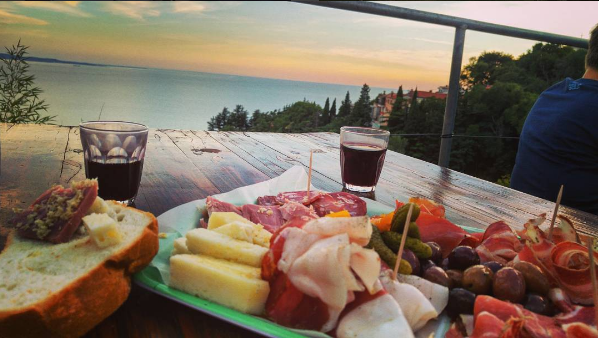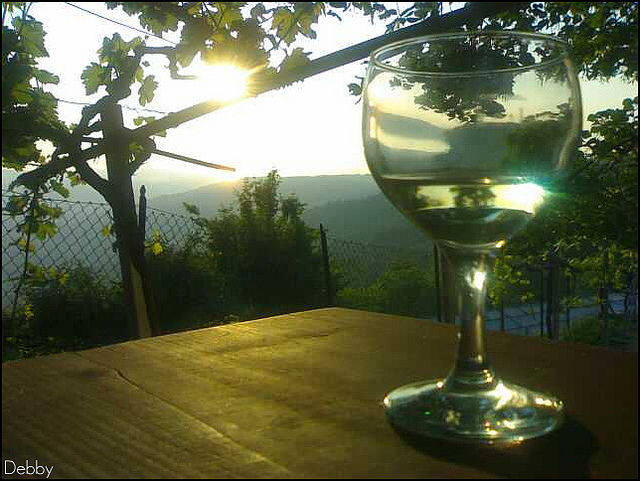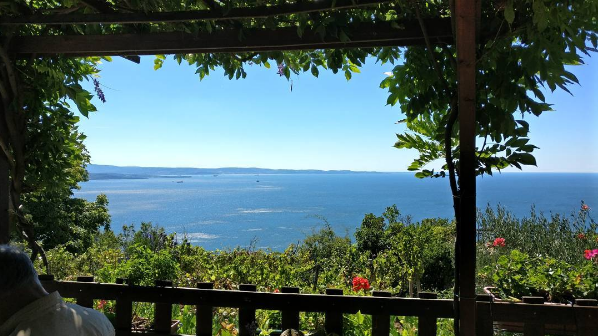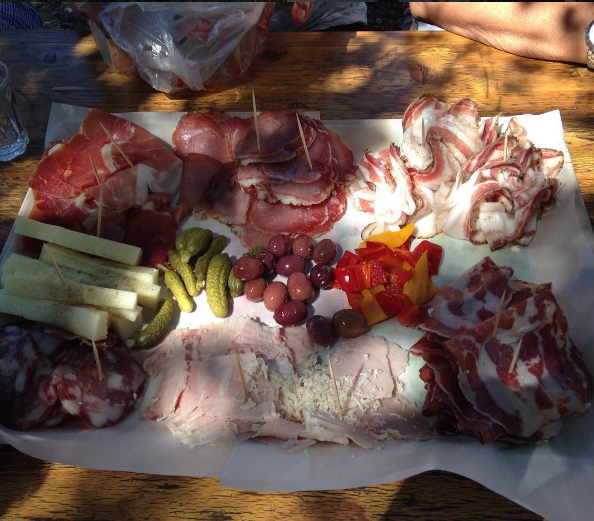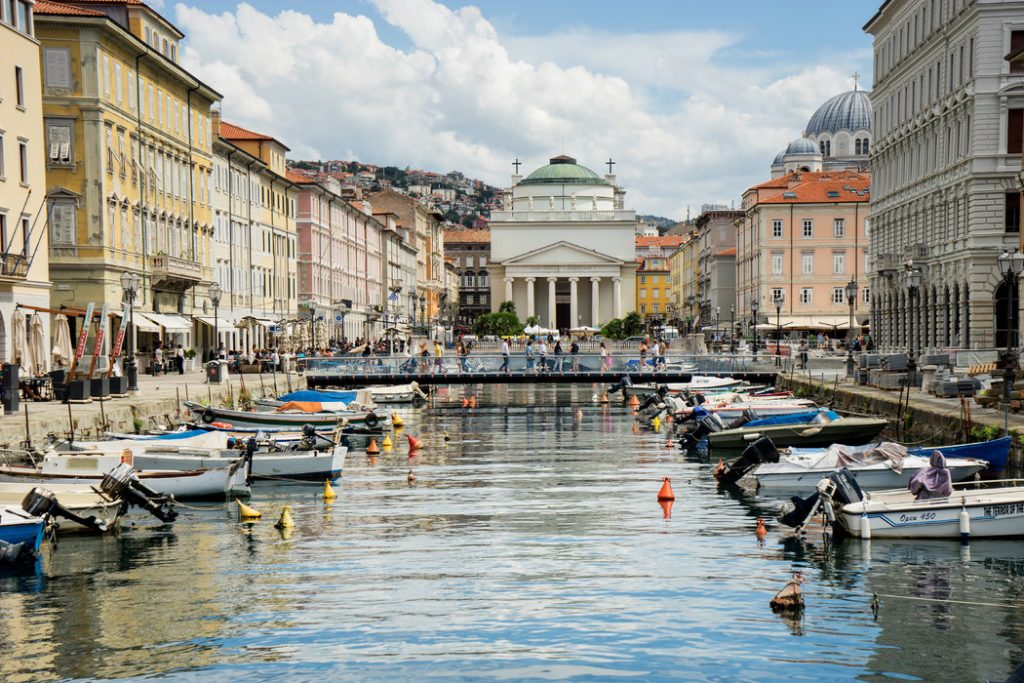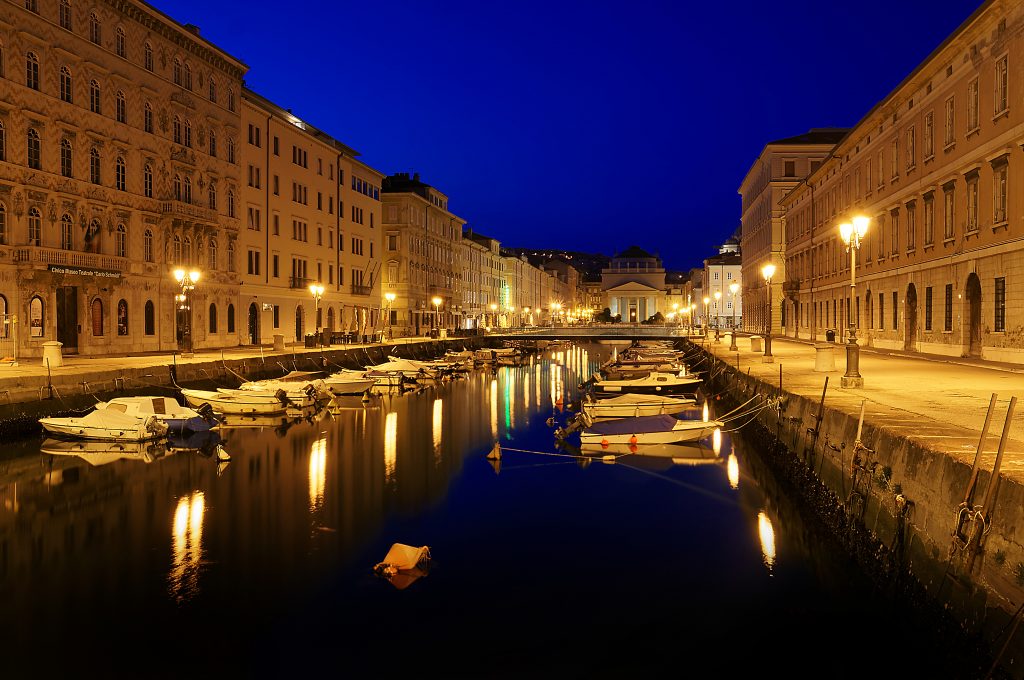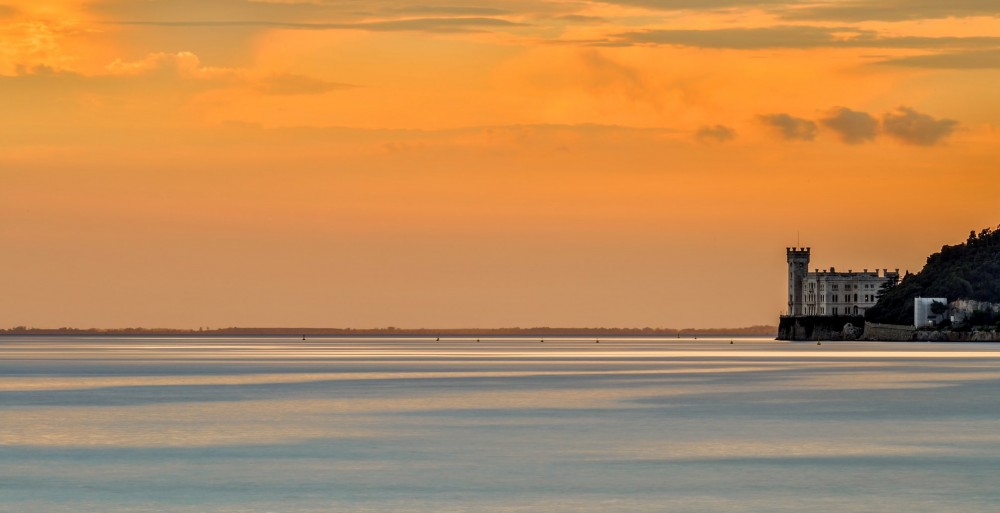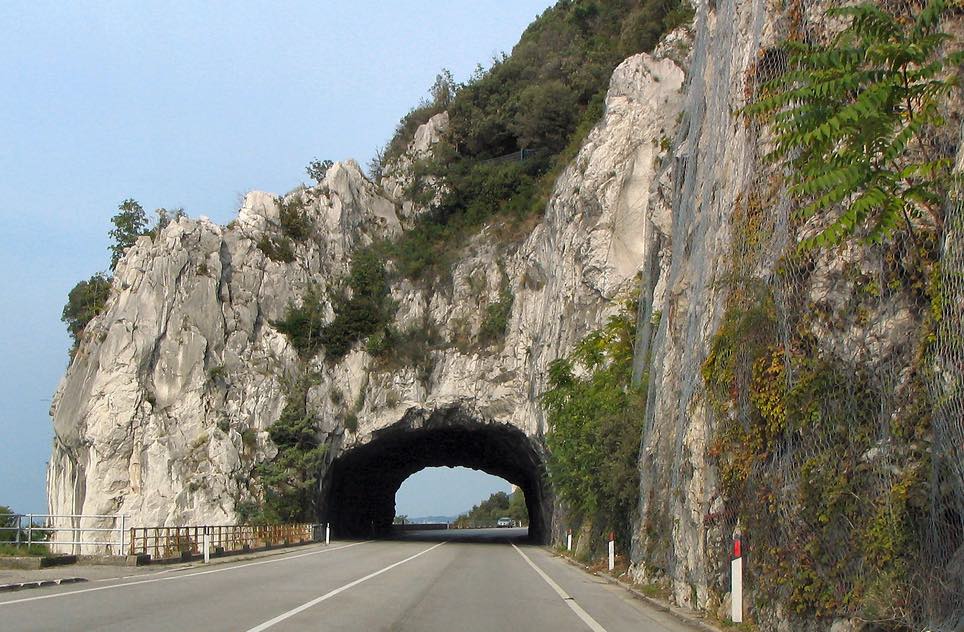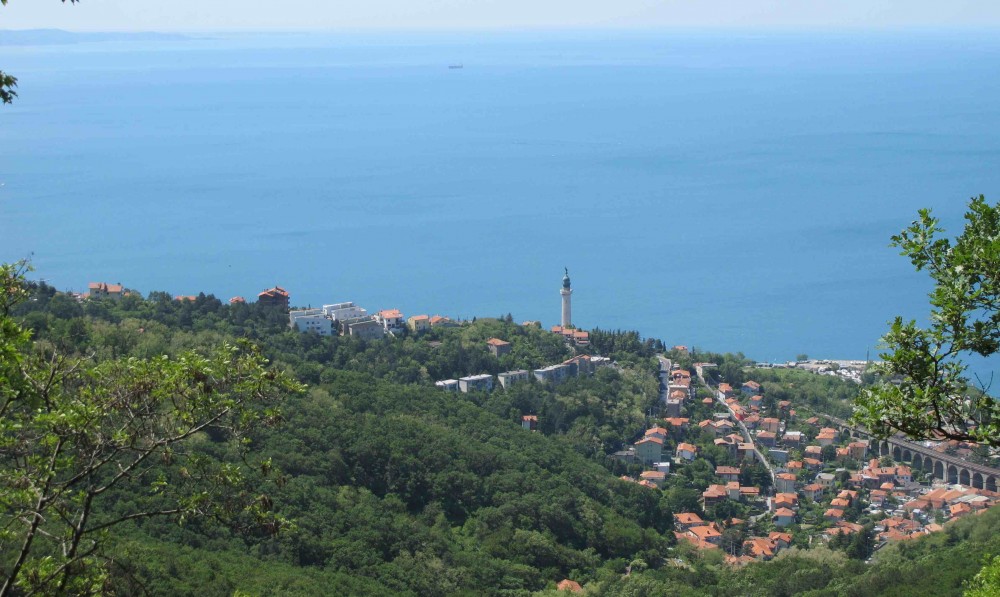Trieste is made up of the sea, the city and the Karst, which can each be enjoyed through unique experiences in the surroundings. We have come up with a selection of walks and itineraries. Which one appeals to you?
APERITIF IN A CARSO CAVE: THE SLIVIA TOWERS
Over 100 meters deep, the Slivia Towers cave is one of the most spectacular caves of the Trieste Karst. You will be accompanied on a journey into its depths, arriving in another dimension, where distances lose all meaning.
As it is smaller than the Grotta Gigante, you are able to admire in close-up these ancient calcereous living statues in their continuous formation.
It’s open on Saturdays and Sundays, and from 15 June it will be open every day. You can get there by car or by bus 44 to the stop at the intersection for Slivia. Corrado (338 3515876) and his family will be your guides, and will offer you some local refreshment on their agriturismo farm.
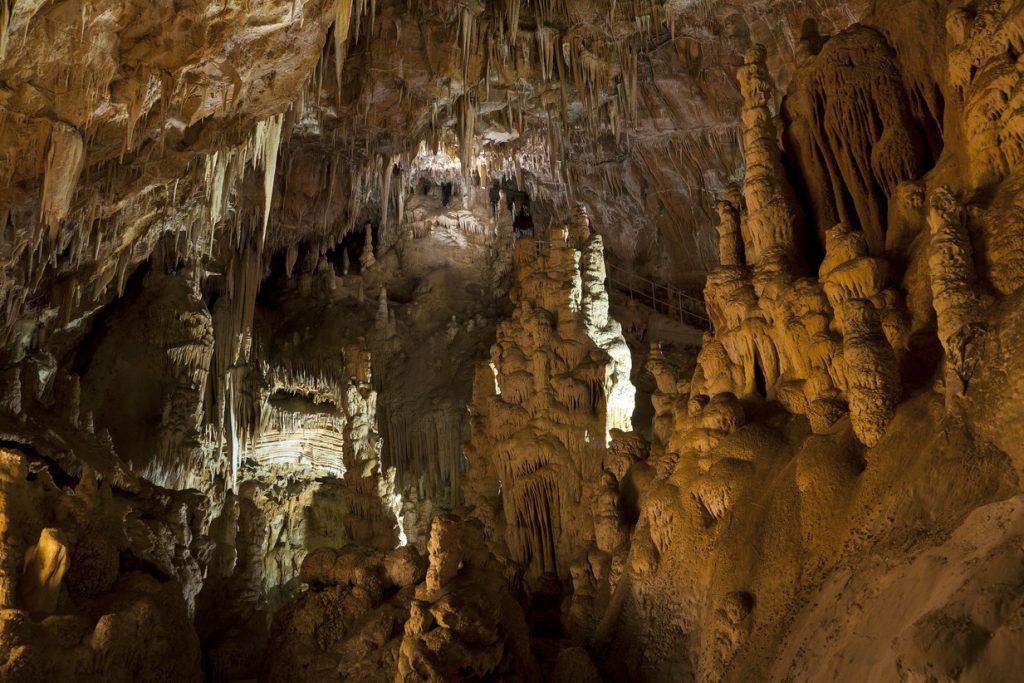

FISHING TRIP WITH LOCAL FISHERMEN (GRIGNANO)
Experience fishing as it has always been done in Trieste, in a local fisherman’s boat off the Miramare Castle. You will see how mussels have been farmed for over 40 years.
The Grand finale is a lunch of Trieste fish on board the boat. You will learn the tricks used to cook excellent mussels and enjoy “Bigoli alle mussels” and the legendary “breaded Sardoni” together with a glass of local wine.
Davide (348 5225281) will welcome you on his fishing boat Laudamar and will reveal everything you need to know about mussel farming.
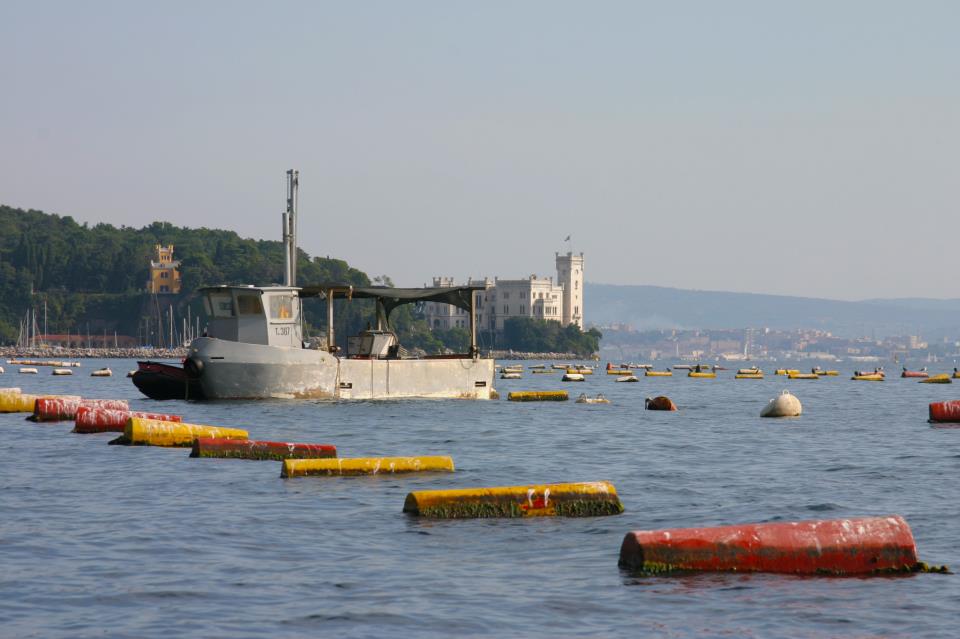

KARSOLICIOUS: PICNIC WITH LIPIZZANI HORSES (LIPICA)
The Lipizzani stallions were favourite horses of the Austo-Hungarian empire, of which Trieste was long a part. Lipica is located 15 km from Victoria, in Slovenia. It is the oldest horse breeding stable in Europe and the charm of this legendary place lingers on. Visiting the stables or watching shows at the classical riding school is like diving into another time.
We suggest a walk in the huge oak park with a picnic basket full of local products, which can be bought there, or visiting the horse breeding farm.
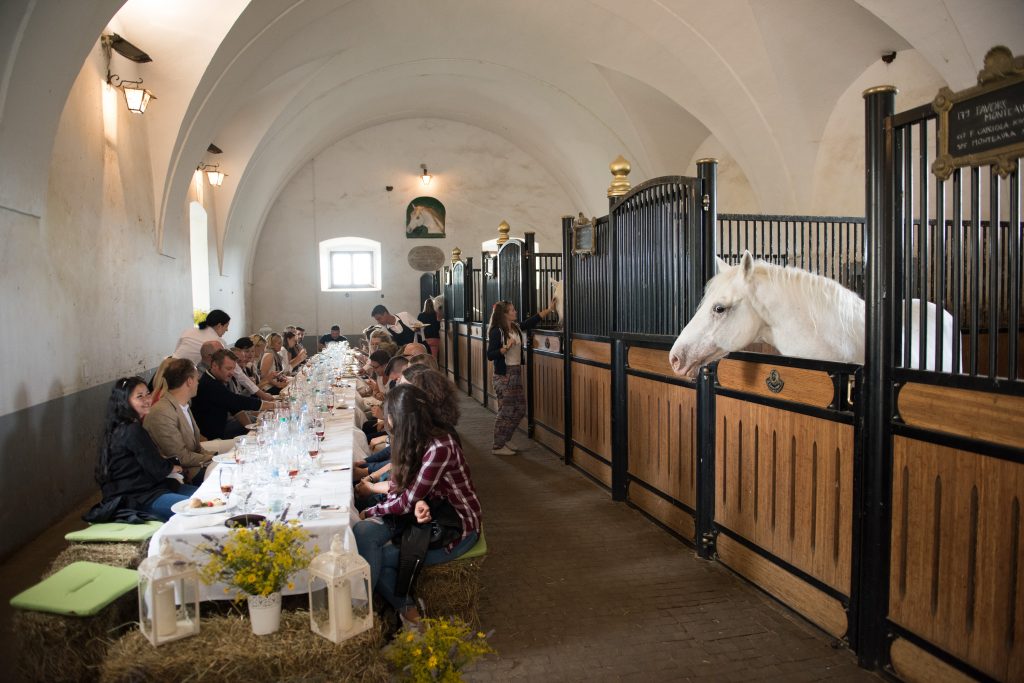

AN AFTERNOON WITH A FLOCK OF SHEEP (FATTORIA ANTONIČ)
Would you like to help bring a flock to pasture in the Karst? The shepherd of the Fattoria Antonič di Ceroglie will do it with you. Then he will teach you the secrets of milking sheep, with a great tasting finale of the excellent pecorino cheese made with that milk.
To book your afternoon as a Karst shepherd, please phone the Antonič family: 340 5847185.
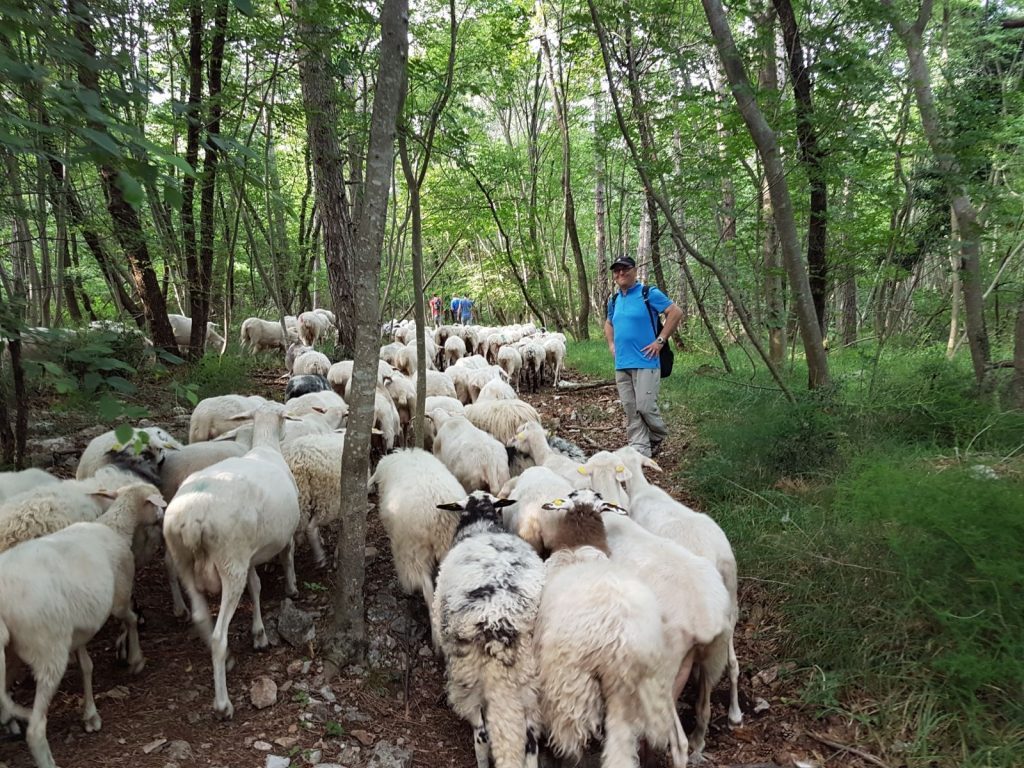

COFFEE TOUR OF TRIESTE (TRIESTE COFFEE FESTIVAL)
The history of Trieste is intimately linked with coffee, which has been made here for 300 years and shipped all over the world. It is no coincidence that Illy, the prestigious brand, was born in Trieste.
So why not take an urban tour in the name of the history of coffee? Visit the historic cafes, and the museum, to learn about the different blends, the toasting and the many ways to taste it in Trieste. At the end of your trip you’ll understand more about the economy , culture and tradition of the city of coffee.
The journalist Cristina Favento (348 8708060) will be able to guide you in discovering this fundamental element of Triestine culture and economy.
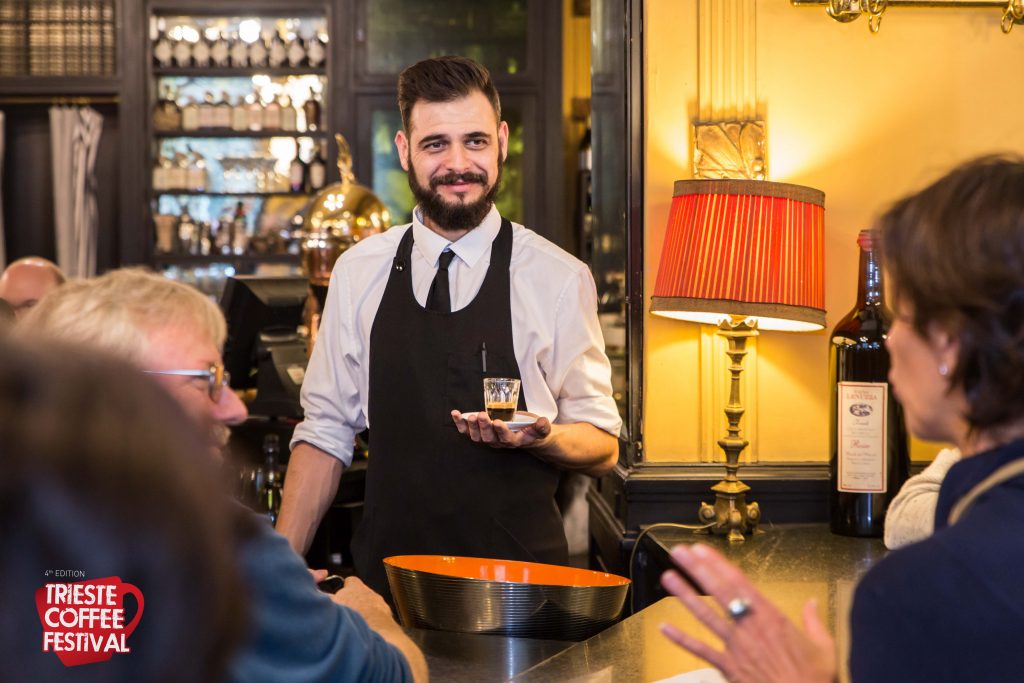

TASTING AND TRAINING IN TORREFAZIONE (TRIESTE COFFEE ASSOCIATION)
If you’d prefer to witness the whole coffee processing cycle, and visit the warehouses and roasting plants at the port, then the tour with Fabrizio is the one for you (fpolojaz@primoaroma.it).
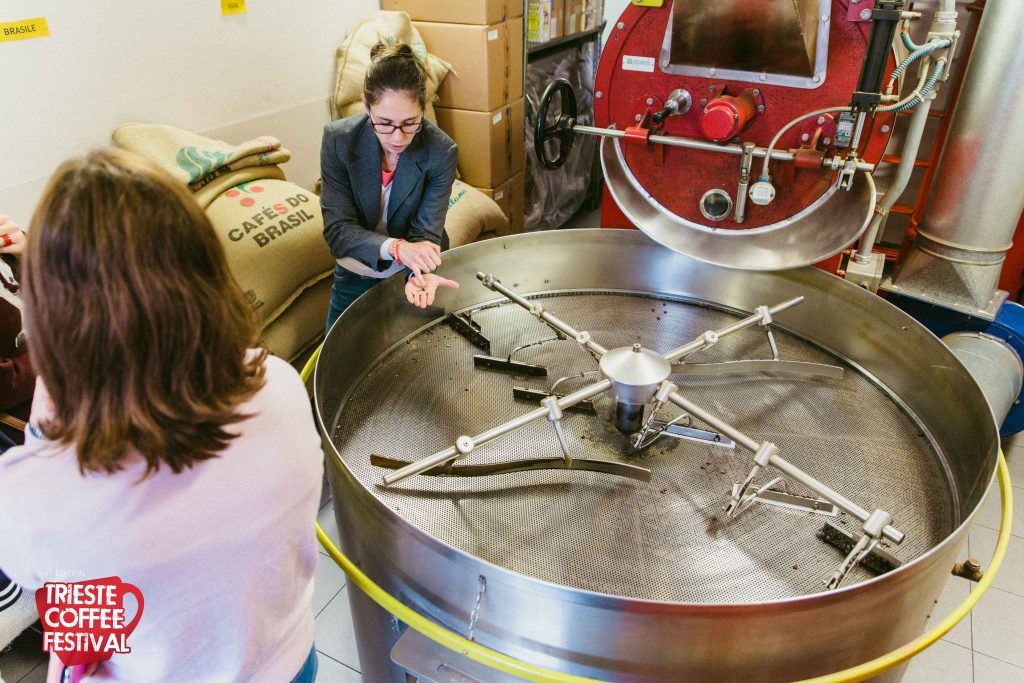

TRADITIONAL CELLARS: LOCAL WINES AND ARTISAN SALAMI
If you are a fan of food and wine, then this is the tour for you. The breeding and processing of pork from which the famous Carstine ham originates, as well as the production of wines from indigenous grapes such as Vitovska, Malvasie and Terrano with their age-old cellars, will be explained, and you can taste them in the company of Matej, of the Bajta Karst farm, (338 672 3705).


THE BEETHOVEN LIBRARY IN MUGGIA, THE LARGEST EUROPEAN PRIVATE COLLECTION
Last but not least is the museum of music that is a gem for lovers of classical music. It is situated in “Venetian” Muggia, a few kilometers from Trieste and reachable by ferry. This is the largest private European collection of Beethoven and the Carrino family (348 580 7227) will welcome you on a delightful tour back in time.
Do you need more information or want to plan one of these experiences? Simply call or write to the hotel and we will help to organize your adventure to coincide with your stay in Trieste.
Do you need help in planning one of these experiences? Just call or email the hotel.
info@hotelvictoriatrieste.com – 040 362415
